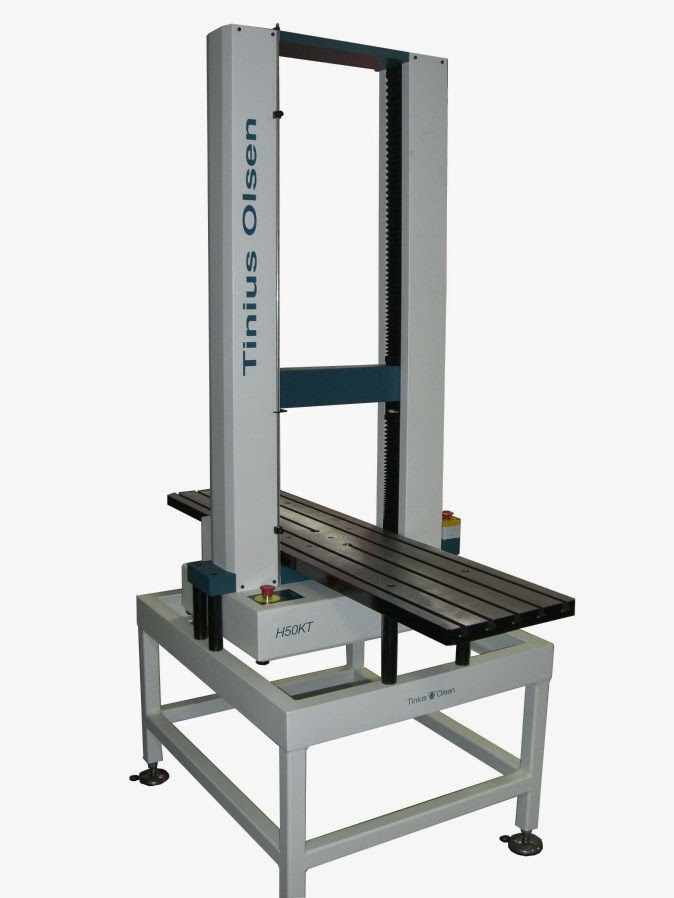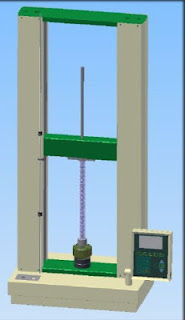HT19 Split Collet Grips for turned dumbbell test specimens

Tinius Olsen’s HT19 split collet chucks grip is designed for applications involving smaller turned dumbbell test specimens. The HT19 has a number of options to accommodate various size dumbbells with each split collet chuck set matched to a particular dimension of specimen. The HT19 grip a maximum capacity of 20kN and should not be used with a loadcell smaller than 50N capacity. Key parameters include diameter of turned gauge length, diameter of larger turned end section and the radius of the shoulder joining the end section and the gauge length. Tinius Olsen has higher capacity options for more traditional size specimens, so to learn what options are available for your application, please contact us.
.jpg)






